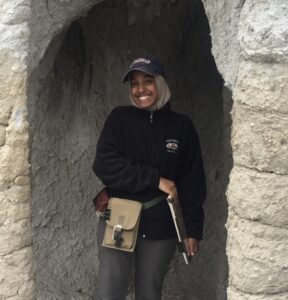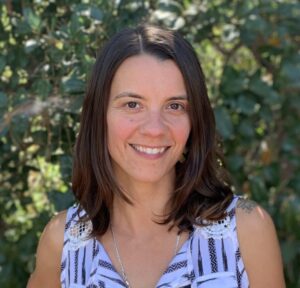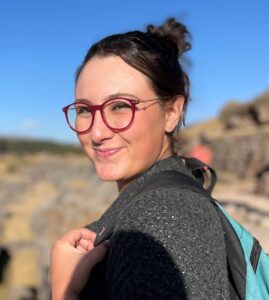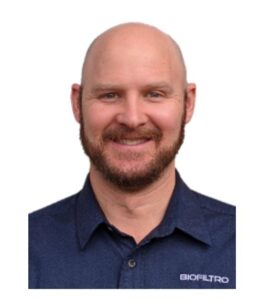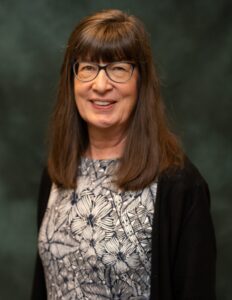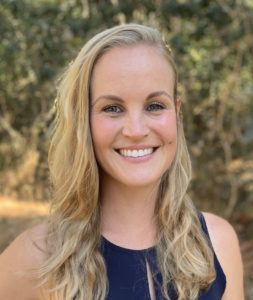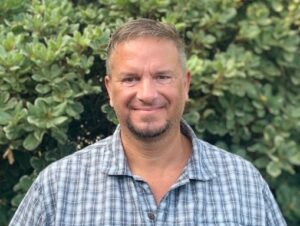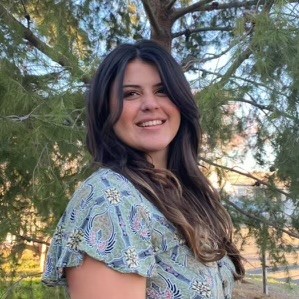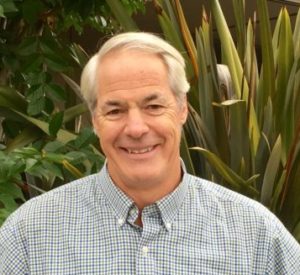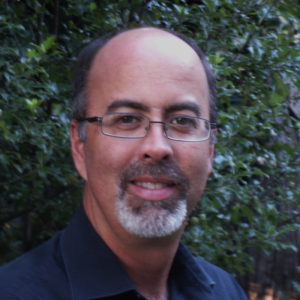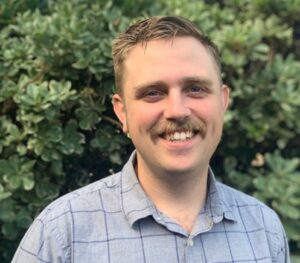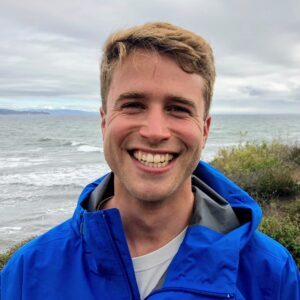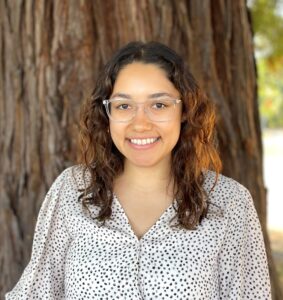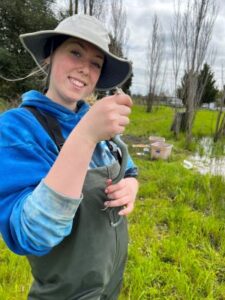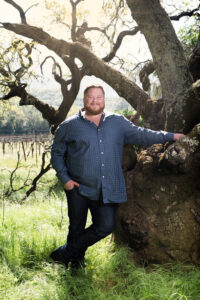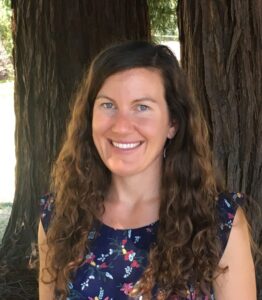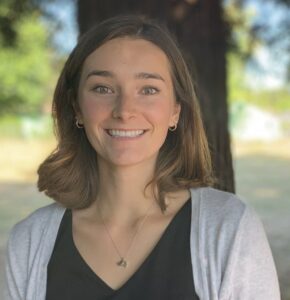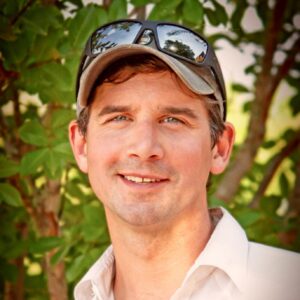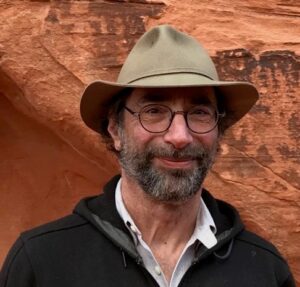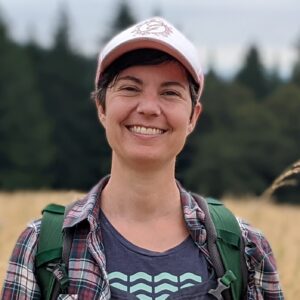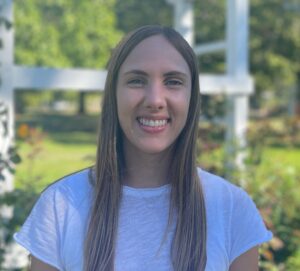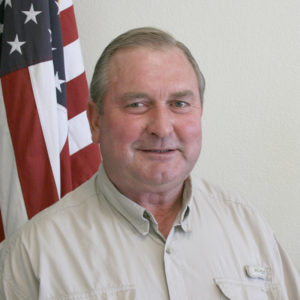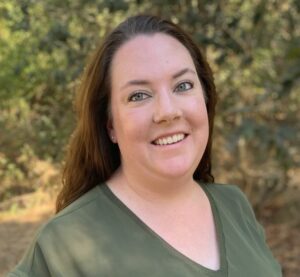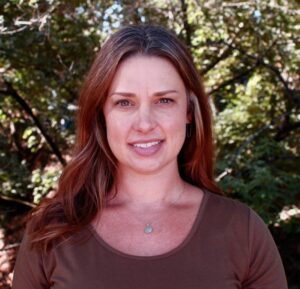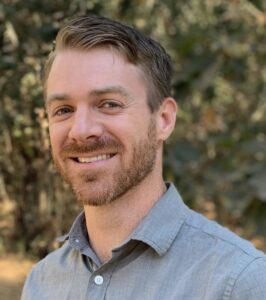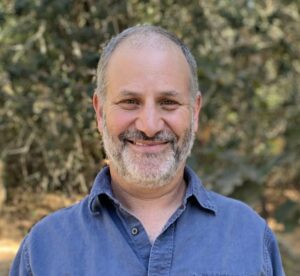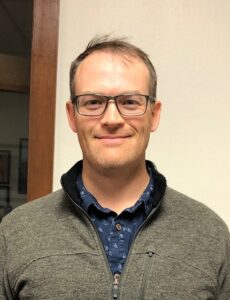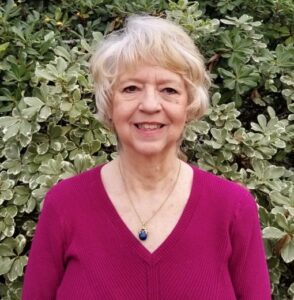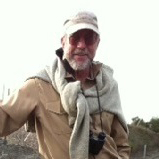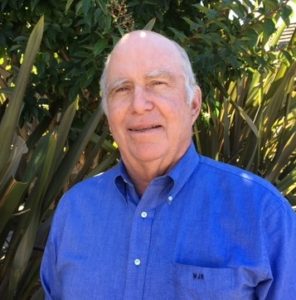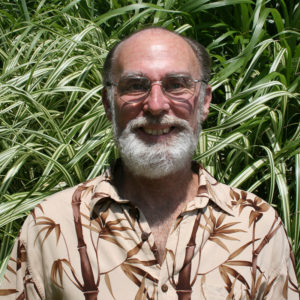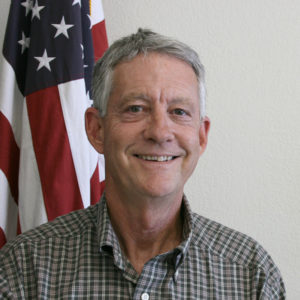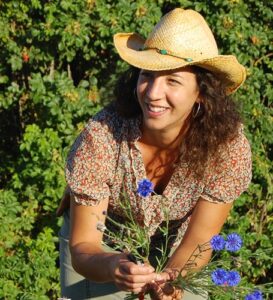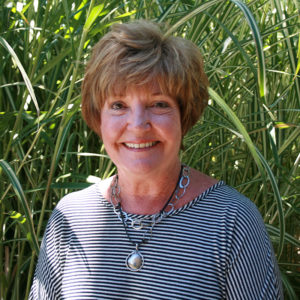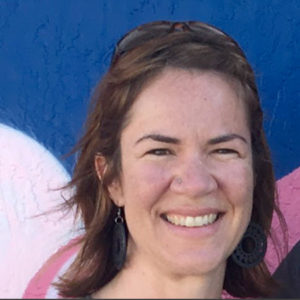North Bay Forest Improvement Program
The North Bay Forest Improvement Program (NBFIP) is an innovative incentives program funded through CAL FIRE’s Proposition 68 Wildfire Resilience and Forestry Assistance Grant. Resource Conservation Districts (RCDs) in Sonoma, Mendocino and Napa Counties have partnered with Rebuild NorthBay Foundation and the Clear Lake Environmental Research Center (CLERC) to form the North Bay Forest Improvement Program (NBFIP) to help private non-industrial small forest landowners (between 5 and 5,00 acres) implement non-commercial forest improvement activities such as thinning, planting, pruning, and fuel hazard reduction. In 2020, North Bay Forest Improvement Program was awarded $1.5 million from a CAL FIRE Wildfire Resilience and Forestry Assistance grant, which will provide three years of funding to develop and manage an incentives program to mitigate wildfire risk and improve forest health in this highly fire-prone region.
In total, the partnership will support forest stewardship activities across at least 40 projects in the four counties. At least 20 percent of the program dollars will benefit disadvantaged communities identified in the 2010 census as earning median incomes less than 80% of the state median. Possible treatments include planting site preparation, tree planting and protection, forest thinning, pruning, and woody fuels reduction. Forest management plans should be in place and environmental impacts review completed in order to participate. If you are in need of a plan, contact your local RCD. Projects will occur on forestland consisting of oak woodland, redwood forests, mixed evergreen and ponderosa pine.
Our application for project implementation will be open from September 1 – 29, 2023. We encourage those interested in applying to connect with their local NBFIP Contact well in advance of applying, as they can help with any technical aspects of the project application. We also encourage applicants to plan ahead and submit their application in advance of the deadline, as this will allow time for any to resolve any issues encountered when completing the online application.
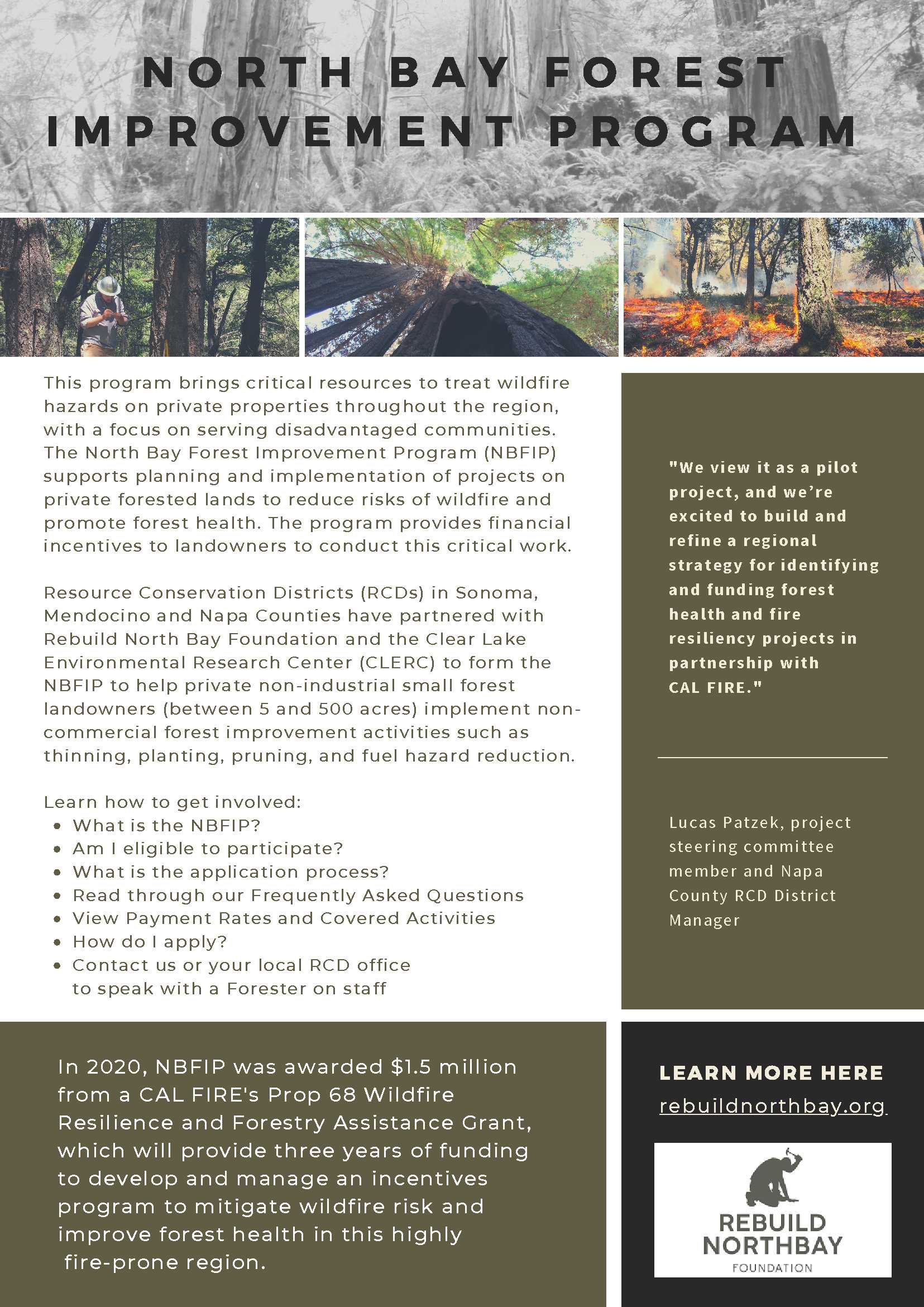
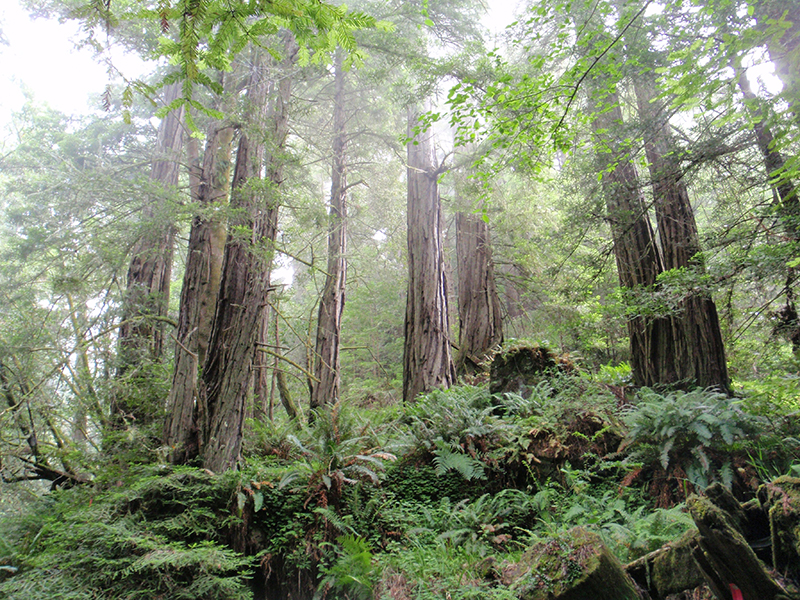
How can you get involved?
The North Bay Forest Improvement Program is an incentives program, similar to the Environmental Quality Incentives Program and the California Forest Improvements Program, providing public funds to support private investment in forest health and resilience projects; reducing vegetative fuel loads and risks of wildfire, insect infestation, and disease epidemics on private properties in the North Bay’s diverse and valuable forestlands. See below for more details.
View & Download the NBFIP Program one-pager here.
Frequently Asked Questions
What is the purpose of this program?
The North Bay Forest Improvement Program was created to provide public funds to support private investment in forest health and resilience projects to reduce vegetative fuel loads and risks of wildfire, insect infestation, and disease epidemics on private properties in the North Bay’s diverse and valuable forestlands. The intent of the program is to increase the pace, scale and effectiveness of forest treatments in the North Bay Area by incentivising and supporting private non-industrial landowners to implement beneficial forest improvements where they would not otherwise be possible because of financial hardship. Assisting landowners in census designated disadvantaged communities is a priority of the program.
How is this program funded?
This pilot program is made possible thanks to $1.5M in Proposition 68 funding awarded via a CALFIRE Wildfire Resilience and Forestry Assistance grant (WRFA). WRFA is focused on providing funding for eligible entities (such as RCDs and environmental nonprofits) to provide technical and financial assistance to forestland owners. The purpose of the funding is to allow grantees the ability to provide a program of financial and technical forestry assistance to nonindustrial forest landowners, where the grantee serves as the supervising entity, receives the grant from CAL FIRE and then provides outreach and/or technical/financial assistance to landowners so they can conduct forest restoration or management activities on their property. Rebuild North Bay is proud to administer this grant, in partnership with the five Resource Conservation Districts (RCDs) of Sonoma, Mendocino, Lake, and Napa counties and Clear Lake Environmental Center. This pilot program may serve as a model for other regions across the state.
What kind of applicant is a good fit for this program?
See Am I eligible to participate?
What are incentive dollars?
In the North Bay Forest Improvement Program, incentive dollars are cash payments to landowners for beneficial forest management activities performed on-the-ground, such as tree thinning or planting. Incentive payment rates are specific to treatment activities and are listed in Payment Rates and Covered Activities. Actual costs of treatments are based on market research and may not match your contractor’s cost estimate. For a participant to receive incentive dollars, they must first have their on-the-ground activities verified. After payment has been dispersed to the landowner and the landowner has paid the contractor, the landowner must retain proof of payment in the form of a paid vendor receipt. Landowners who choose to fulfill NBFIP contracts by conducting work themselves must keep track of the time they spent implementing treatments. Rebuild North Bay Foundation, as the official contract holder with Cal Fire, retains the right to audit these records up to five years from the payment date. For more on program incentive payments and project costs, please see Payment Rates and Covered Activities.
What will participating in this program cost me?
NBFIP pays fixed rates for beneficial forest practices. The payment rates available in this program were developed by establishing “cap-rates” or the rate at which similar projects can generally be assumed to cost, through consultation with local foresters and contractors in the four county project area. If the applicant’s property is located in a census-designated disadvantaged community, approximately 80% of treatment costs will be paid by incentive dollars, leaving an estimated 20% of project costs to be funded by the applicant. If the applicant’s property is located outside of a disadvantaged community, approximately 60% of treatment costs will be paid by incentive dollars, leaving an estimated 40% of project costs to be funded by the applicant. The final cost will vary depending on how closely your contractor’s costs match the program’s determined cap rates. If you are working with a forester, the forester may charge for their time applying to the program on your behalf or assisting in other ways. For more on program incentive payments and project costs, please see the Payment Rates and Covered Activities.
How do I apply?
Please read instructions for applying here.
Does having an EQIP contract disqualify me?
No, it does not disqualify you. If you have an EQIP contract, past or present, you will not be disqualified. Please provide your current verified EQIP agreements with NRCS in your application. You must agree that you will not accept incentive dollars above the full cost of implementing your project.
Please note: Applicants that can treat additional acres by combining incentive dollars from multiple incentives programs will earn higher points in the application review process. Express that this is your plan in your application.
Does my project need environmental review permits?
Yes, projects are required to comply with CEQA (California Environmental Quality Act). The RCD will act as the lead agency. Projects will be required to avoid impacts to cultural and biological resources, in order to comply with this requirement, an assessment of impacts to sensitive species (query of the California Natural Diversity Database), and archaeological/cultural resources (archaeological records request from the Northwest Information Center), will be required prior to project implementation. The responsibility of fulfilling this requirement, and covering the costs of associated permits for implementation, is on the applicant. Projects will also be required to follow general avoidance guidelines that are outlined in the prescriptions document.
The application asks if my project is located in a Disadvantaged Community or Severely Disadvantaged Community. How do I find the answer?
The following two resources can be utilized for locating disadvantaged and severely disadvantaged communities:
- Community FactFinder from Parks for California (Be sure to check the layer “Disadvantaged Community” on the map)
- DAC Mapping Tool from CA State Water Board (Be sure to check the layer “Disadvantaged Communities -Block Groups (2018)”)
Your local RCD may have other technical assistance opportunities available to you. Contact your county’s office for more information.
The application asks what USGS topographic quadrangle my project is located in. How do I find the answer?
You can find your project’s location on the USGS Topographic Quadrangle Map. Click the link to open the map. Use the + and – buttons in the upper left corner to zoom out until you can see your location. Zoom in to your location until you see the quadrangle grid appear. Each quad has a name in green font (ex: Middletown; Jericho Valley). Record the name of the quad where your project is located in the application.
When is the application deadline?
Applications are accepted on a rolling basis. Applications will be processed for review in two batching periods. Batch 1 begins in March and Batch 2 begins in September of each program year. Applicants will be notified of their program status (accepted or denied) in April (Batch 1) and October (Batch 2) of each program year. The incentive funds available each cycle is limited to $200,000 for implementation activities and $75,000 for technical assistance (technical assistance is available only to DAC and SDAC applicants). If your application was not accepted in one cycle due to limited funds, please indicate in your application that you would like your project to be considered again in the following cycle. Batching periods are every spring and fall.
How long does it take to complete a project?
Please see the 2021 Estimated Program Timeline for information about project work flow. The total time it takes to complete a project depends on your contractor’s availability. Ideally, work will be completed the season following your application acceptance. For spring applicants, work should be completed in the summer-fall. For fall applicants, work should be completed in the summer or winter.
When will I receive payments for completed work?
Rebuild North Bay Foundation will pay landowners soon after on-the-ground work has been verified. We estimate payments will be received within 3 weeks notification of completion by the landowner, as long as completed work meets the standards agreed upon prior to implementation.
Who is my local contact?
Each of the four north bay counties has a single NBFIP contact person. See Contacts by county here.
Am I Eligible to Participate?
The North Bay Forest Improvement Program (NBFIP) was created to provide public funds to support private investment in forest health and resilience projects to reduce vegetative fuel loads and risks of wildfire, insect infestation, and disease epidemics on private properties in the North Bay’s diverse and valuable forestlands. The intent of the program is to increase the pace, scale, and effectiveness of forest treatments in the north bay area by incentivizing and supporting landowners with partial payments to implement planned treatments where they would not otherwise be possible because of financial hardship. The intention of the program is not to provide grants that will cover 100% of the project costs. Assisting landowners in disadvantaged communities is a priority of the program.
To read the full list of eleigibility requirements please visit Rebuild North Bay here: https://rebuildnorthbay.org/innovate/nbfip/eligibility
Payment Rates & Covered Activities
The intent of the program is to increase the pace, scale and effectiveness of forest treatments in the North Bay area by incentivising and supporting landowners with partial payments to implement planned treatments where they would not otherwise be possible because of financial hardship. This is achieved through incentive dollars.
What are incentive dollars?
In the North Bay Forest Improvement Program, incentive dollars are cash payments to landowners for beneficial forest management activities performed on-the-ground, such as tree thinning or planting. Incentive payment rates are specific to treatment activities and are listed on the NBFIP Payment Rates table below. Actual costs of treatments are based on market research and may not match your contractor’s cost estimate. For a participant to receive incentive dollars, they must first have their on-the-ground activities verified. After payment has been dispersed to the landowner and the landowner has paid the contractor, the landowner must retain proof of payment in the form of a paid vendor receipt. Landowners who choose to fulfill NBFIP contracts by conducting work themselves must keep track of the time they spent implementing treatments. Rebuild North Bay Foundation, as the official contract holder with Cal Fire, retains the right to audit these records up to five years from the payment date.
Combining incentives
Applicants who wish to match NBFIP incentives dollars with dollars from another incentives program, such as EQIP, must provide their current verified agreements in their application. Please note: Applicants that can treat additional acres by combining incentive dollars from multiple incentives programs will earn higher points in the application review process. Express that this is your plan in your application. Incentive dollars can’t be combined with other grant or incentives dollars to pay for more than 100% of the project cost in any case.
About payment rates
NBFIP will pay a percentage of the cap rate, which is variable and based on disadvantaged community (DAC) or Severely Disadvantaged Community (SDAC) status. Projects within DAC or SDAC will receive payments for beneficial practices at 80% of the established cap rate. Projects outside of DAC or SDAC will receive payments for beneficial practices at 60% of the established cap rate. Projects outside of DAC may have the option to accept a lesser payment rate to increase their prioritization ranking. Applicants can indicate that this is their intention in their application.
Assisting landowners in disadvantaged communities is a priority of the program. If the applicant’s property is located in a disadvantaged community (DAC) or Severely Disadvantaged Community (SDAC), additional opportunities are available to them. These communities are identified by the state of California. For locating DAC and SDAC areas, you can use the following mapping tools:
- Community FactFinder from Parks for California (Be sure to check the layer “Disadvantaged Community” on the map)
- DAC Mapping Tool from CA State Water Board (Be sure to check the layer “Disadvantaged Communities -Block Groups (2018)”)
NBFIP Payment Structure (pdf)
How do I Apply?
While it is not required to have a forester to apply for this program, we suggest that applicants get the help of their forester to fill out the application. If you have any questions, you may contact your county’s RCD office for help.
Applications are accepted on a rolling basis and will be processed for review in two batching periods. Batch 1 begins in March and Batch 2 begins in September of each program year. Applicants will be notified of their program status (accepted or denied) in April (Batch 1) and October (Batch 2) of each program year. The incentive funds available each cycle is limited to $200,000 for implementation activities and $75,000 for technical assistance. Only disadvantaged communities are eligible for technical assistance through NBFIP. The following two resources can be utilized for locating disadvantaged and severely disadvantaged communities:
- Community FactFinder from Parks for California (Be sure to check the layer “Disadvantaged Community” on the map)
- DAC Mapping Tool from CA State Water Board (Be sure to check the layer “Disadvantaged Communities -Block Groups (2018)”)
Your local RCD may have other technical assistance opportunities available to you. Contact your county’s office for more information. If your application was not accepted in one cycle due to limited funds, please indicate in your application that you would like your project to be considered again in the following cycle. Batching periods are every spring and fall.
If you are eligible to apply, please fill out the online application form.
OR
Mail in a paper application: Download application.
Not sure if you are eligible? Read program requirements here and what kind of applicant is a good fit.
If you are not eligible or are unsure about your eligibility, but would still like to request help with forestry activities, get in touch with your county contact.
Contact Us
If you are interested in participating in the program please contact your local RCD for more information. If you are in Sonoma County, please contact Jason Wells, Forester at jwells@sonomarcd.org or call 7070-569-1448 ext 107. Otherwise, visit rebuildnorthbay.org/innovate/nbfip/contacts.

